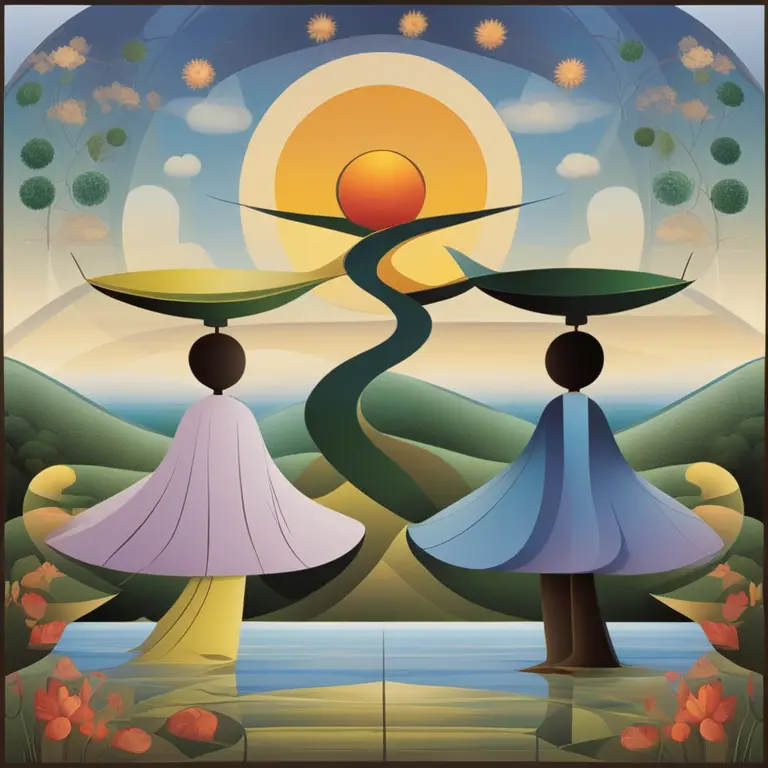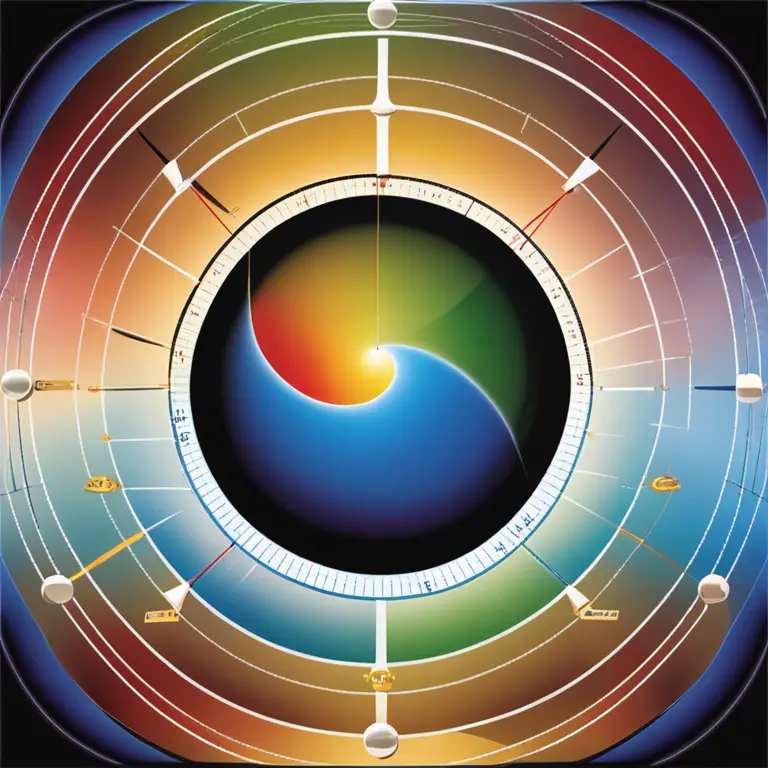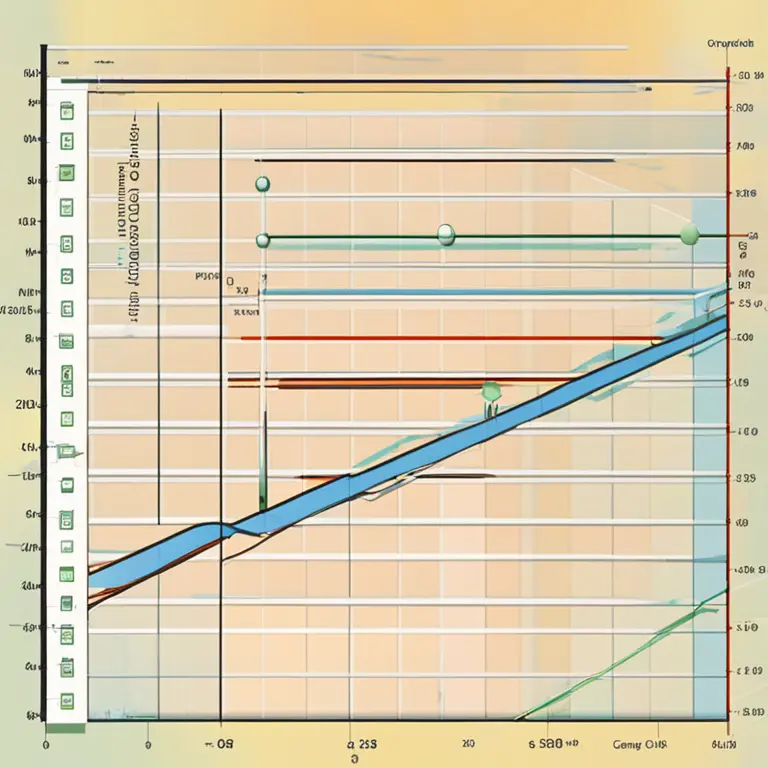
Between Biorhythm & Compatibility: Sync Your Cycles
Discover how biorhythm compatibility can impact relationships and find harmony by syncing your physical, emotional, and intellectual cycles.
article by Adrian Wallace
The Essence of Biorhythm Compatibility
In the dance of relationships, biorhythm compatibility plays a fascinating but often overlooked role. Rooted in the concept that our lives are influenced by rhythmic biological cycles, biorhythm theory suggests that understanding these patterns can enhance personal interactions. By analyzing the interplay of our physical, emotional, and intellectual cycles with those of others, we may uncover new pathways to harmonious connections. As we continue to forge relationships in this fast-paced world, considering the subtle ebb and flow of our natural biorhythms could be the key to better understanding and synchronizing with those around us.

Basics of Biorhythm Cycles
Biorhythms are based on the idea that from birth, we navigate through three principal cycles: the 23-day physical, the 28-day emotional, and the 33-day intellectual cycle. Each of these cycles oscillates between a high, low, and neutral phase, affecting various aspects of our being. Modern biorhythm calculators, leveraging advanced algorithms and data analysis, can accurately chart these cycles providing insightful predictions about an individual's day-to-day potential and challenges, which is particularly valuable in the context of 2024 and beyond where personalized data is integral to lifestyle optimization.

Understanding Compatibility Through Cycles
Biorhythm compatibility goes beyond mere horoscope matching. It involves a detailed comparison of your biorhythmic patterns with those of another. When two people's cycles are in sync, they are more likely to experience periods of ease and mutual understanding. Conversely, discordance in cycles can lead to tension and misunderstandings. For partners, friends, or colleagues, aligning activities to positive phases can enhance productivity and reduce potential conflict, shaping a more supportive and empathetic environment.

Navigating Relationship Dynamics
Appreciating the nuances of biorhythm compatibility can profoundly affect relationship dynamics. Imagine being aware of a partner's low emotional phase and offering support rather than taking their withdrawal personally. Or consider scheduling important discussions or tasks when both parties are within a high intellectual phase. It's about harmonizing the natural flow of our biologically driven cycles, thus fostering connections that are more resilient to the stresses of modern life.

Biorhythms in the Digital Age
As we move further into the digital age, the analysis of biorhythms has transcended simple charts and graphs. Now, sophisticated applications provide real-time insights into personal and compatibility cycles. With these tools, individuals are empowered to make informed decisions about their social and personal interactions. Online platforms for biorhythm compatibility in 2024 not only offer personalized readings but also integrate with digital calendars and social tools to help manage and plan according to one's cycles.
Embrace the Rhythmic Journey
While biorhythm compatibility is not an exact science, it provides a unique lens through which to view our connections with others. In this age of information, where personal development and self-awareness are pivotal, the inclusion of biorhythms adds depth to our toolbox for navigating relationships. Whether through high-tech applications or mindful observation, syncing our life rhythms with those around us can lead to a more harmonious and fulfilling journey together.
Published: 1/25/2024
Modified: 1/25/2024
More predictions
Come back here soon to learn more about yourself and your future


Your Biorhythm Horoscope Handbook
Discover the intriguing intersection of biorhythms and astrology. Learn how tracking your biological cycles can provide insights into your physical, emotional, and intellectual well-being.


The Principles of Biorhythm Cycles
Discover the fundamental principles of biorhythm cycles and how they influence daily life and personal well-being in this insightful article.


The Biorhythm Debate: Effective Insight or Myth?
Discover the realities behind biorhythms, how they're calculated, and their impact on daily life. Can these biological cycles truly predict our physical, emotional, and intellectual states?